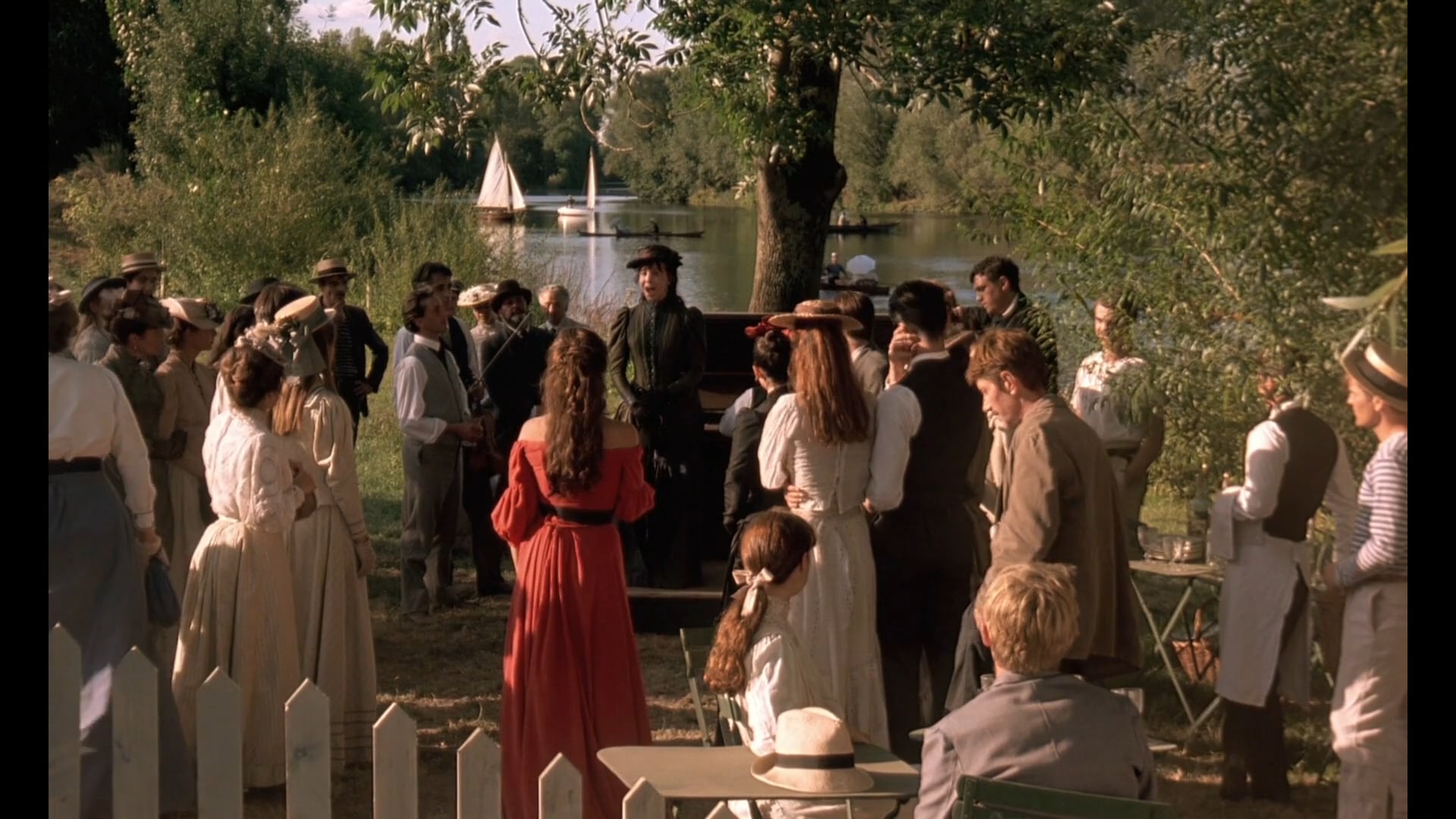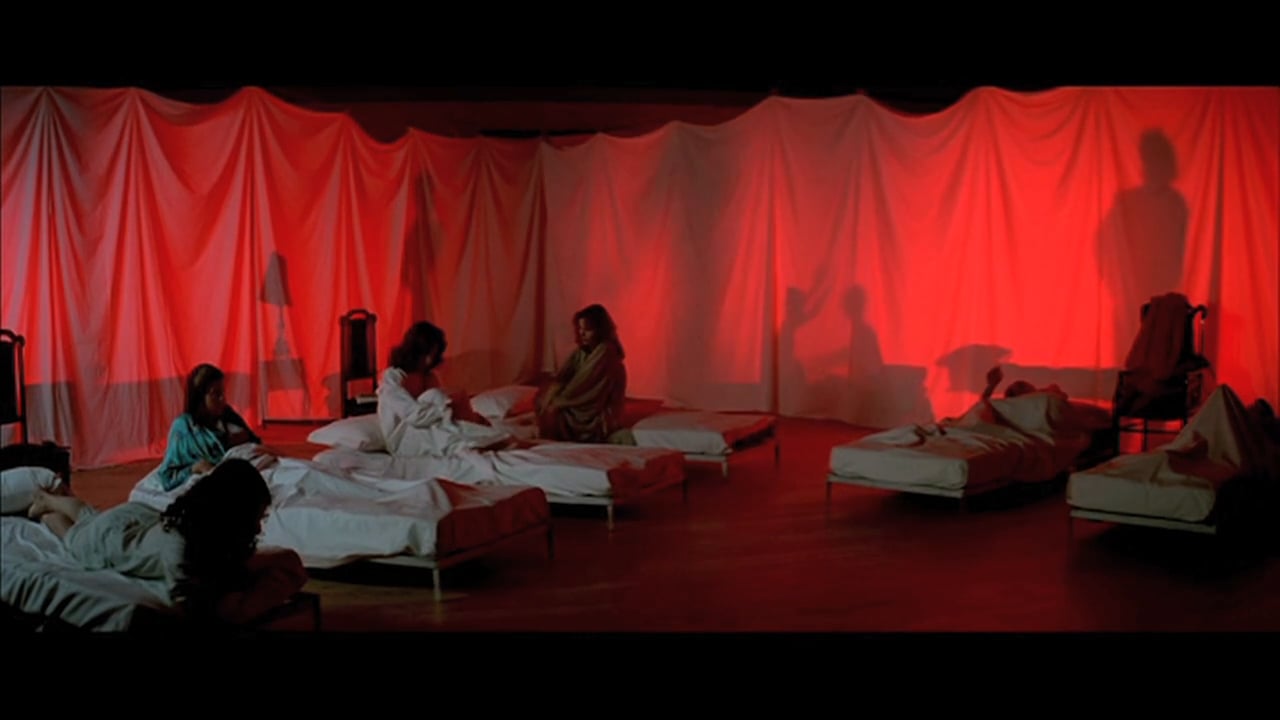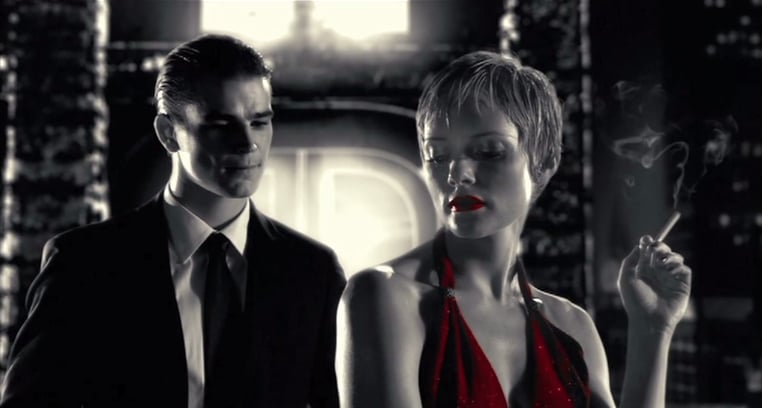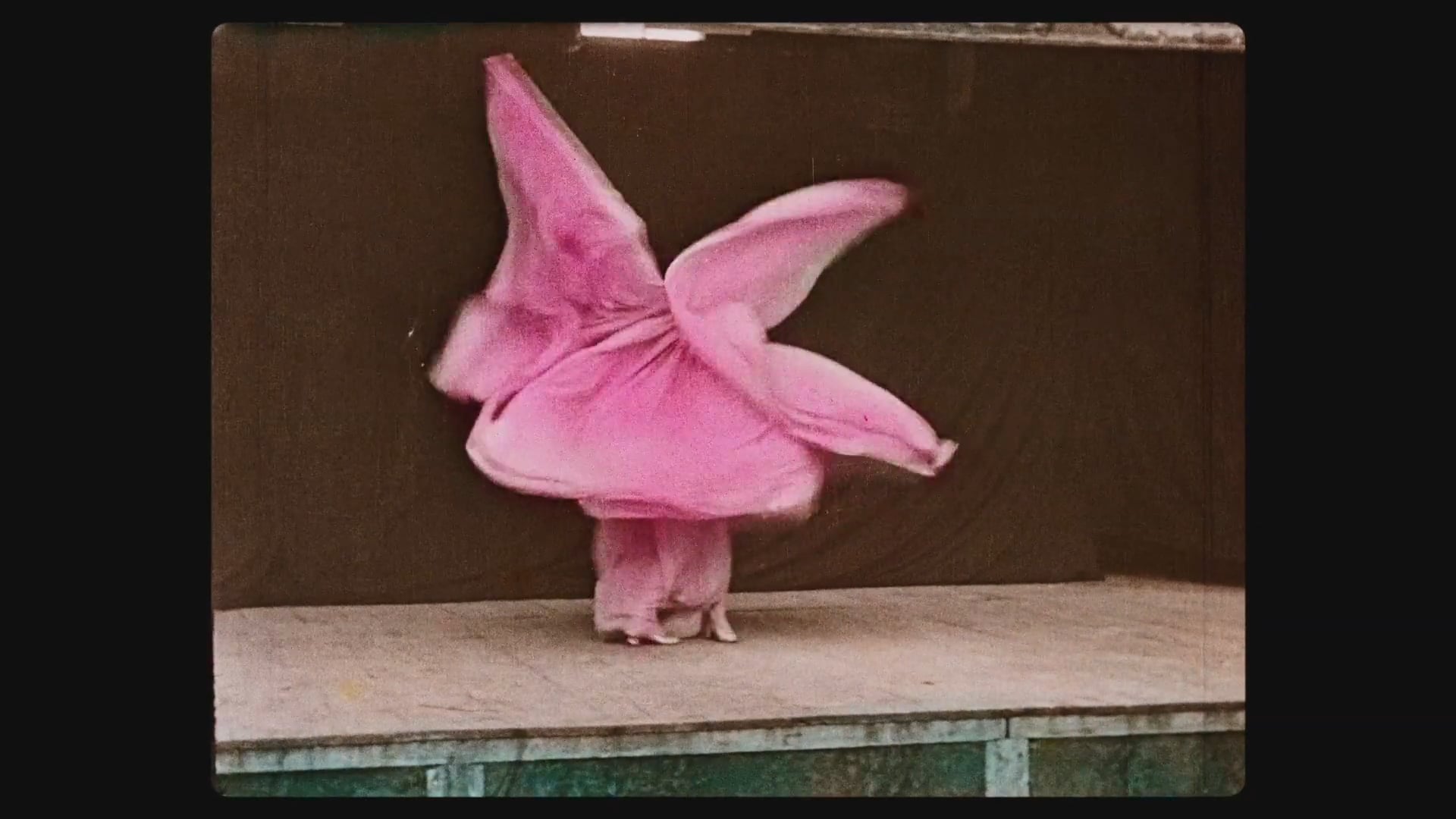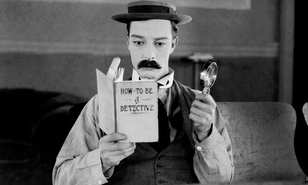Alain Bergala is a critic, film-maker, and teacher at the Femis. Through supporting extracts, he puts into light the essential choices made by filmmakers when dealing with the treatment of colour in films: complete control of musicals filmed in studios, choice of natural sets where objects and characters’ costumes are the colourist agents, irruption of monochromic or two-colour process sequences, “repainted” reality with chosen colours.. These choices occur in a dynamic way in a sequence or throughout the film and can be just as well on costumes, sets and seasons as on light.



